14 Photos That Show What American Car Manufacturing Was Like 100 Years Ago

Ever wondered what it was really like to be smack in the middle of America’s car manufacturing boom a hundred years ago?
Picture this: the air thick with the smell of oil, the clatter of machinery echoing through massive factories, and workers moving in a well-oiled rhythm that powered an industrial revolution. It was noisy, gritty, and downright exhilarating.
I’ve always been captivated by that era—when innovation met elbow grease and the American dream came with four wheels and a steering wheel. These weren’t just cars rolling off the line; they were symbols of progress, freedom, and a country on the move.
In this post, I’m taking you on a ride back in time with 14 incredible snapshots that capture the raw, roaring heart of early American car manufacturing. So roll up your sleeves, wipe the grease off your goggles, and let’s dive into a world of gears, grit, and good old-fashioned determination.
1. The Birth of Assembly Lines

Picture this: a bustling factory floor, echoing with the clatter of metal and the murmur of determined voices. It’s 1920 Detroit, and assembly lines are revolutionizing the car industry. The Model T is the star of the show, rolling off the line in record time. Workers, like cogs in a well-oiled machine, perform their tasks with precision.
Each car, a symbol of innovation and ambition. The air is thick with the smell of oil and the promise of change. Henry Ford’s vision takes center stage here, transforming the way cars—and indeed, the world—are made. If you’ve ever wondered how cars became accessible to the masses, look no further.
The assembly line made it possible, driving production costs down and putting America on wheels. This was the dawn of a new era, where horsepower met human power. So next time you start your engine, remember the pioneers who made it all possible.
2. Craftsmanship of the Past
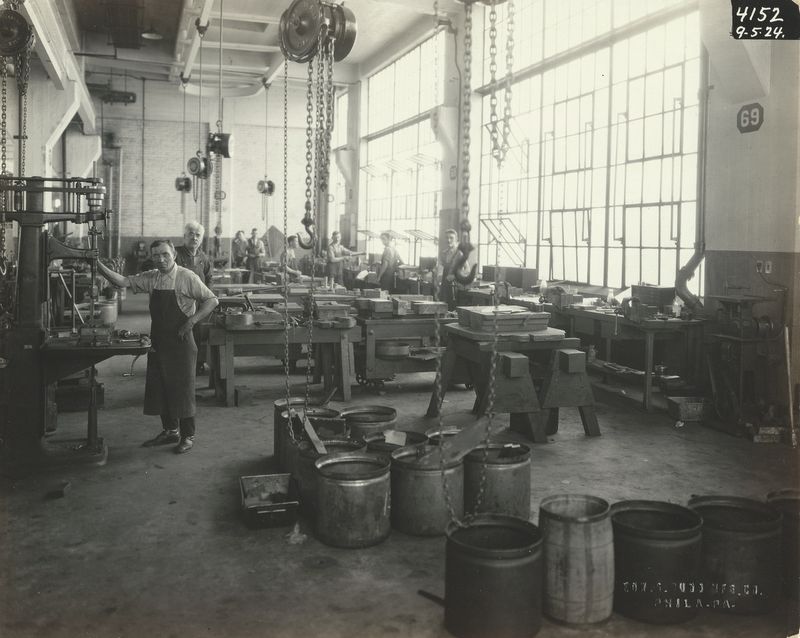
In the days before robots took over, craftsmanship was the lifeblood of car manufacturing. Imagine a workshop full of artisans, each with a unique skill set and an eye for detail. These craftsmen were like artists, their medium: metal and motor.
They shaped, hammered, and polished with care, turning raw materials into automotive masterpieces. The pride in their work was palpable, and each car carried a piece of the maker’s soul. In this world, quality was king, and every vehicle was a testament to human ingenuity.
The artisans of the 1920s didn’t just build cars; they crafted dreams on wheels. Their legacy lives on in today’s vintage car shows, where these timeless beauties still turn heads. It’s a reminder of an era when craftsmanship was not just a job but a calling.
3. Roaring Engines and Grit
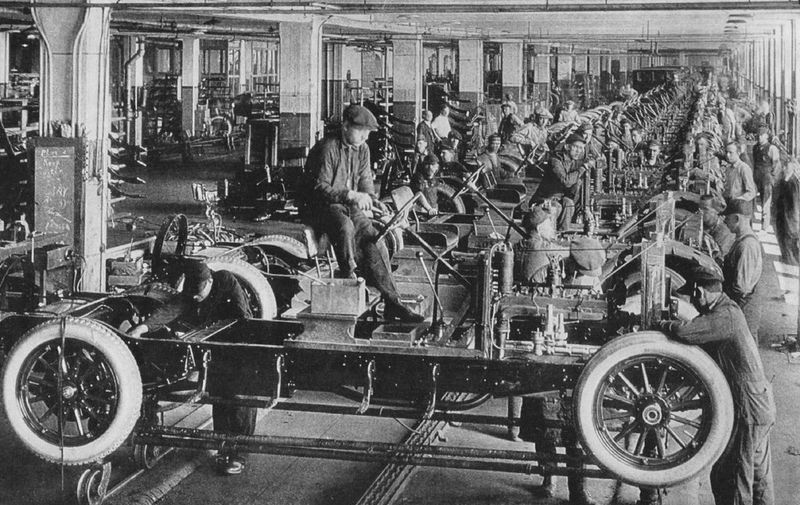
Step into a 1920s car factory, and you’re met with the symphony of roaring engines. The smell of gasoline and grease fills the air as workers, in grease-stained overalls, assemble the heart of the automobile. These engines, powerful and raw, symbolize the spirit of the roaring twenties.
Each piston, a promise of speed and freedom. The workers, unphased by the grime, embrace the challenge with grit and determination. It’s hard work, no doubt, but there’s a sense of camaraderie and purpose that fuels their efforts.
The engine is more than just a component; it’s the heartbeat of the car, and assembling it is an art form. These roaring engines were the soundtrack of an era, and their legacy still echoes in the revs of modern machines.
4. The Rise of Women Workers
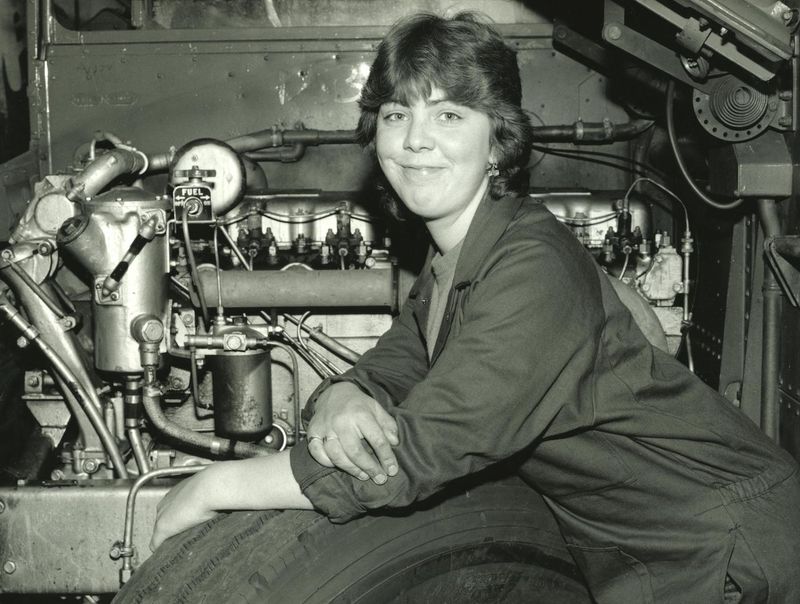
While men dominated the car industry, women were quietly making their mark. Picture a 1920s factory floor, where women, dressed in practical uniforms, join the ranks on the assembly line. Their presence symbolizes empowerment and change.
These trailblazers took on roles traditionally reserved for men, proving their mettle in a male-dominated world. The work was tough, but their determination shone through, breaking stereotypes and paving the way for future generations.
Their contribution was invaluable, and their legacy is felt today in the diverse workforce of the automotive industry. It’s a testament to the strength and resilience of women who dared to step into the world of car manufacturing and left an indelible mark on history.
5. The Innovation of Tools
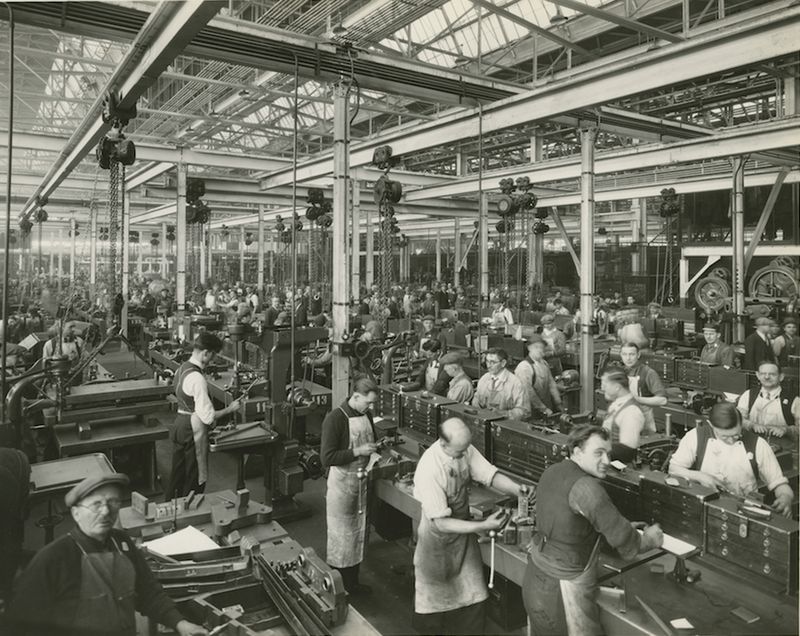
Tools of the trade in the 1920s were nothing short of innovation incarnate. Imagine a factory buzzing with activity, where workers wield wrenches and hammers with finesse. These tools, though simple by today’s standards, were cutting-edge back then.
Each one played a pivotal role in the creation of automobiles, making the manufacturing process more efficient and precise. The innovation didn’t stop at the tools, though; it was a mindset that permeated the industry, driving progress and change.
The sound of metal on metal was music to the ears of those who understood the dance of creation. These tools were extensions of the workers’ hands, and together, they crafted the future of transportation.
6. Iconic Car Models
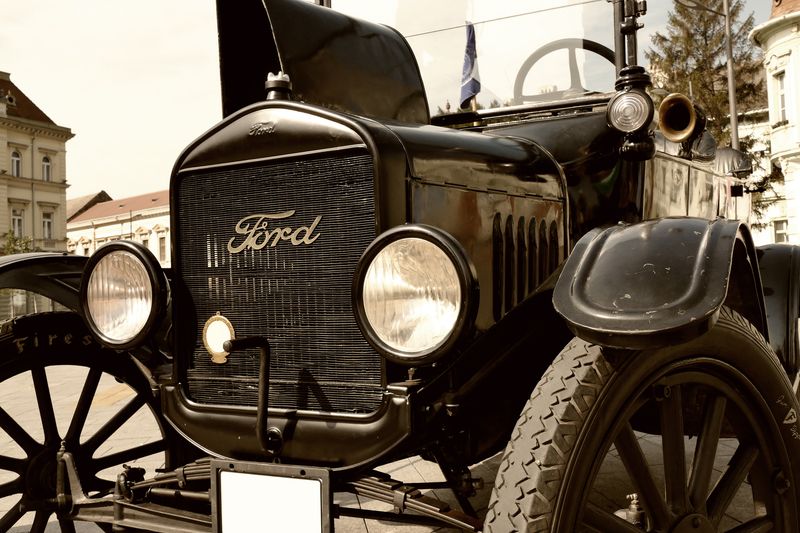
The 1920s was a golden era for iconic car models. Picture rows of Model Ts, their classic lines embodying the spirit of an era. These cars weren’t just modes of transportation; they were symbols of freedom and progress.
Each model had its own personality, a testament to the creativity and vision of its designers. The Model T, in particular, became a cultural icon, representing the democratization of the automobile. It was the car that put America on wheels, and its influence is still felt today.
The sleek designs and innovative features of these 1920s models continue to inspire car enthusiasts and collectors around the world. They are a reminder of a time when the possibilities seemed endless, and the open road beckoned with promise.
7. The Art of Metalwork
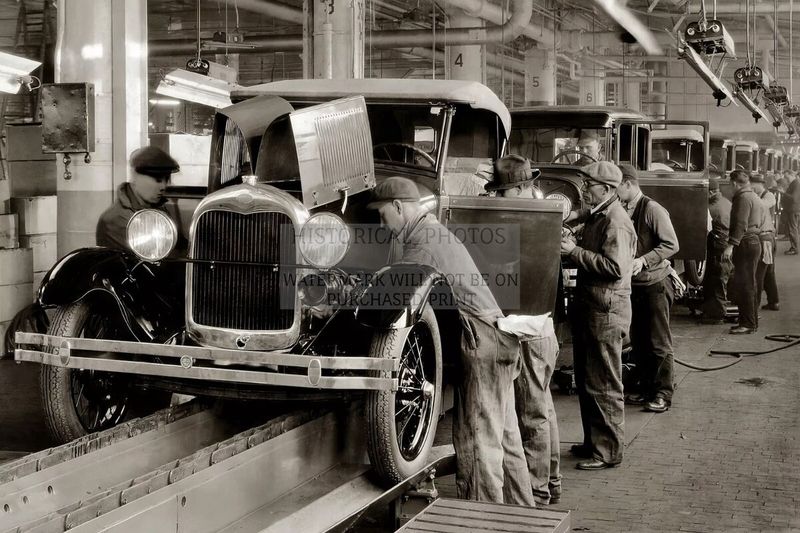
Metalwork in car manufacturing was an art form in its own right. Picture a workshop filled with the clatter of metalworkers crafting car bodies with skill and precision. These artisans shaped and molded metal into the iconic designs that defined the era.
Their work required not just brawn but a keen eye for detail and a steady hand. The result was a blend of strength and beauty, as each car gleamed with the craftsmanship of its creators. The art of metalwork was more than just a job; it was a passion that fueled the industry.
The legacy of these metalworkers lives on in the classic cars that are still admired today, a tribute to their artistry and dedication. Each curve and contour tells a story of the hands that shaped it.
8. The Fabrics of Luxury
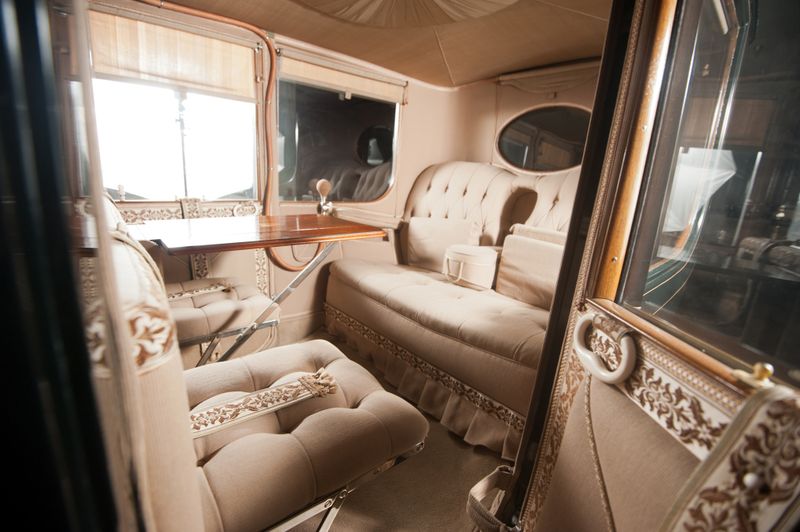
Luxury wasn’t just about the exterior; step inside a 1920s car, and you’ll be enveloped in the opulence of finely crafted interiors. Picture plush seats, upholstered in luxurious fabrics that invited passengers to sink into comfort.
The attention to detail in these interiors was unmatched, with artisans handcrafting everything from the stitching to the wood paneling. These car interiors were a testament to the luxury of the era, offering a sense of elegance and sophistication that was as much a part of the driving experience as the journey itself.
The use of rich fabrics and intricate designs set the standard for what a luxury car should be, and their influence is still seen in the premium vehicles of today. It’s a reminder that true luxury is timeless.
9. A Glimpse of the Future
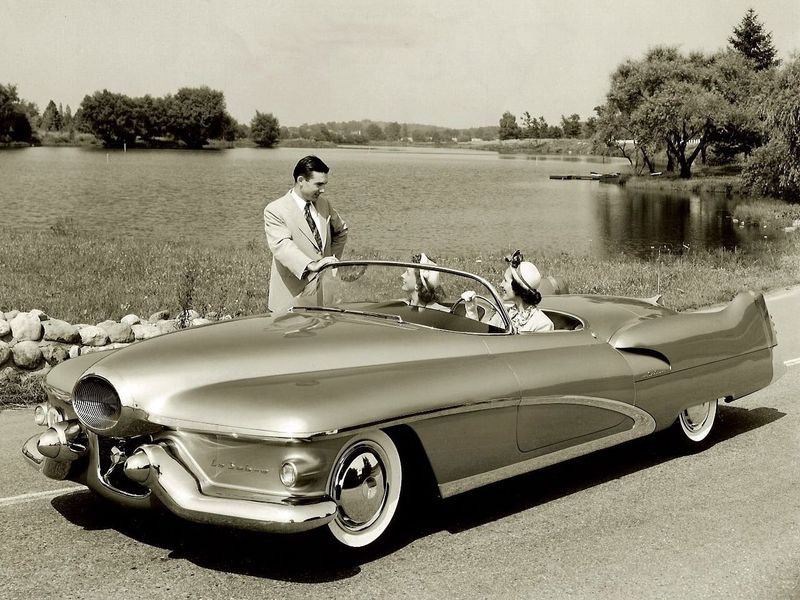
The 1920s wasn’t just about looking back; it was also about peering into the future. Imagine a designer’s desk, scattered with sketches of futuristic car concepts. These visionaries dared to dream beyond the present, envisioning automobiles that defied the conventions of their time.
Their sketches captured a sense of possibility, pushing the boundaries of design and innovation. Some of these concepts, though never realized, laid the groundwork for future developments in the automotive industry.
The designers of the 1920s were ahead of their time, their imaginations fueled by the desire to explore the unknown. It’s a reminder that the spirit of innovation is timeless, and the road to the future is paved with the dreams of yesterday.
10. The Heartbeat of Factories
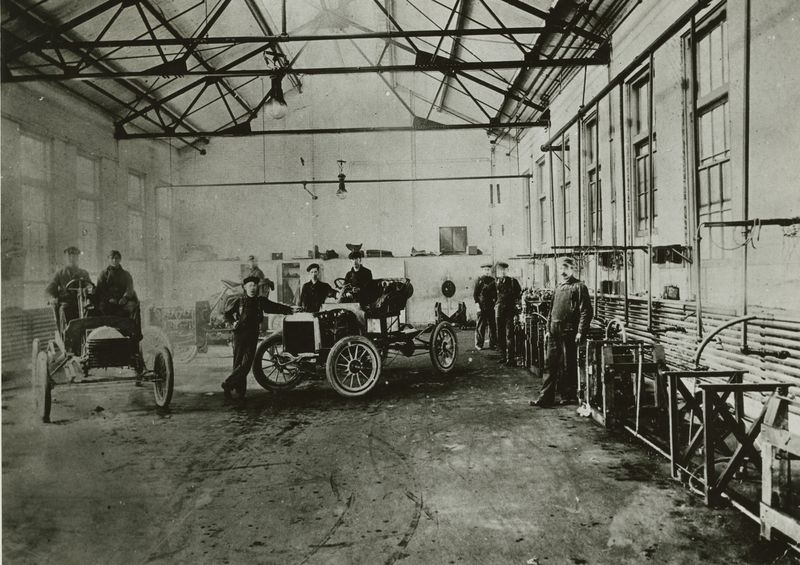
Factory floors in the 1920s were alive with the heartbeat of progress. Picture a bustling environment where workers and machines moved in harmony, each playing their part in the symphony of production. The energy was palpable, driven by a shared sense of purpose and ambition.
These factories were the epicenter of the automotive revolution, where dreams were turned into reality. The rhythm of the assembly line was the pulse of the industry, propelling it forward with every completed car.
The factories of the 1920s were more than just places of work; they were the birthplaces of innovation and change. Their legacy endures in the factories of today, where the spirit of progress continues to thrive.
11. The Role of Advertising

Advertising played a crucial role in the car manufacturing boom of the 1920s. Picture bold, colorful posters that captured the imagination and fueled the desire for the latest models. These advertisements weren’t just selling cars; they were selling a lifestyle, a promise of freedom and adventure.
The marketers of the era were masters of persuasion, crafting messages that resonated with the aspirations of the public. They understood the power of imagery and words, creating campaigns that left a lasting impression.
The role of advertising in the 1920s was pivotal in shaping the automotive landscape, turning cars into coveted symbols of status and success. It’s a testament to the power of marketing and its ability to transform industries.
12. The Pioneers of Design

The pioneers of car design in the 1920s were visionaries with a flair for innovation. Imagine a designer’s studio, filled with sketches and drawings that pushed the boundaries of conventional design.
These creative minds were the architects of the automotive future, their concepts blending form and function in new and exciting ways. They dared to dream big, and their designs reflected a boldness that was characteristic of the era.
The pioneers of design left an indelible mark on the industry, their influence still seen in the sleek lines and innovative features of modern cars. Their legacy is a reminder of the power of imagination and the importance of daring to think differently.
13. The Evolution of Safety

Safety was an evolving concept in the car manufacturing world of the 1920s. Imagine early seatbelts and safety innovations that laid the groundwork for the advanced features we take for granted today. Car manufacturers began to recognize the importance of protecting passengers, and the first steps toward safer vehicles were taken.
These early innovations were a testament to the industry’s commitment to progress and the well-being of its customers.
The evolution of safety features in the 1920s was a pivotal moment in automotive history, setting the stage for the comprehensive safety standards we have today. It’s a reminder that progress often starts with small steps, and the journey to safety is one that continues to evolve.
14. The Legacy of Innovation

The legacy of innovation in the 1920s car manufacturing scene is a story of visionaries and pioneers who dared to dream. Picture inventors at work, their minds buzzing with ideas that would shape the future of transportation.
These innovators were the driving force behind the industry’s rapid evolution, pushing the boundaries of what’s possible. Their contributions laid the foundation for the modern automotive world, a legacy that continues to inspire and drive progress.
The spirit of innovation from the 1920s is a reminder that with creativity and determination, anything is possible. It’s a testament to the power of imagination and the human capacity to dream big and achieve great things.
